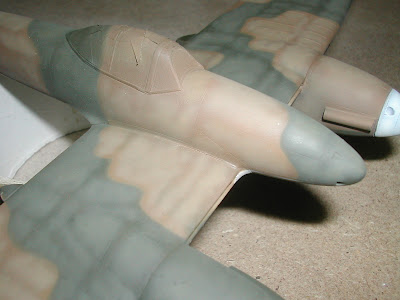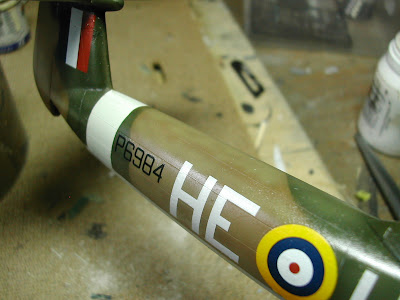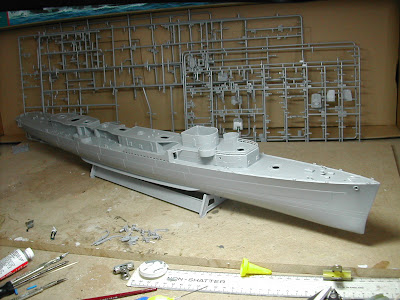When I am commissioned to build a new model, the subject may not always be a favourite with me, but by the end of the work I have almost always bonded with it. The least likely kit can become a favourite when you are building it from cold, and it's an experience that widens my own interests.
Sometimes though, I am asked to build a kit that's already an all-time favourite. For years I've been asking why no-one had produced a Westland Whirlwind in 1/48? And then someone did, and I've been trying to get to it ever since. When I was asked by a client to build one, I was a happy man.
The kit duly arrived, and I spent a couple of days just poking though the bits, sorting and savouring what was to come. It's a typical Classic Airframes kit; low pressure injection moulded plastic, with the cockpit in cast resin and a small photo-etched fret containing the minor parts. I was pleased to see that the main parts of the landing gear were in white metal, and well moulded too.
Knowing Classic Airframes as I do, I knew it would be better to make up the fuselage so that the cockpit has a proper mounting place, especially as there is a radio tray, radios and canopy fairings to fit, as well as the cockpit itself. That resin cockpit is superb, by the way!


Adding the wings was made much easier by widening the slot between the upper wing sections.
Engine nacelles were next; I'd anticipated problems here but the fit was surprisingly good and needed only a little filler.


The 'flying' tail and vacform canopy were quite straightforward, and the canopy was done on the first attempt.
Paintwork came next - my favourite part. I started with a light undercoat, as I had chosen the early brown/green camo scheme.
This helps when weathering, because it can quickly become too dark, even in this scale.
Pre-shading was next, underside only and then the alternate sky and black configuration, giving the aircraft a dramatic look. Then masking up for the upper camo; I don't like using tape for this, so it meant rolling out quantities of Blu Tac. If you use masking tape, you give the paint a 'shoulder' to lean on and always get unwanted paint build up. The Blu Tac gives a nice, semi-soft edge, and looks 'scale-right'. It's a long process when doing a whole model, but worth it. To weather the uppper camo, I used a combination of light browns and yellows. With the airbrush turned right down, these were the results.

Next up, the decals. The colour density was good and so was the register. They were easy to apply, but needed planty of moisture to get them into position. They needed all day to settle down, and regular coats of setting solution. By evening, the were down nice and tight.

After the next glossy barrier came a dark wash. A dark brown was quite suitable, and it blended well with the early war camo. After matting this lot down, it needed a couple of days to dry, so I allowed myself to be distracted by...er, well that's for next time.
One of Classic's traits is the often ponderous fit of the parts. The Whirlwind had gone pretty well so far, but now came the landing gear. The white metal parts look great, need only minor cleaning and each assembly went together ok. Fitting them in the engine nacelles, though, was another matter. Was it because the engine nacelles are too small, or the gear too big?

I ended up cutting slots out of each gear leg to allow them to reach the engine bulkhead. This worked very well, but needed extreme care. Lastly, the resin cannon barrels; these are nicely moulded but need little chamfers cutting in to their bases so that they'll attach properly to the nose.
I was free now to fit the remainder of the parts: gear door, aerial(I used stretch sprue for this) and so on. All routine stuff. So, can I now sit back and enjoy the fruits of my labours? I think so, but not for too long, because the washing up won't wait forever.
The aircraft itself did not enjoy a long, meritous career with the RAF - it served with only two squadrons, and a scant one hundred and fourteen examples were produced. The type was phased out in 1943. A sad end for such an elegant and imaginative design.




















